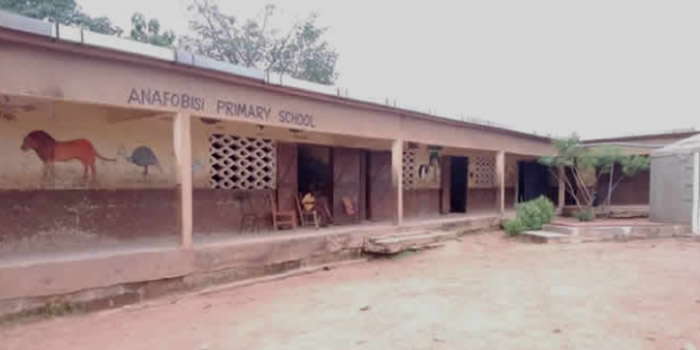

The district was divided into three (3) Circuits in 2002 for the purpose of supervision and monitoring. To ensure effective and efficient supervision of schools, the district was further divided into five (5) circuits as indicated. On the whole, there are 34 pre-schools, 53 primary schools, 20 J.S.S in 2006 as against 30 pre-schools, 47 primary schools, 15 J.S.S and 2 S.S.S in 2002. At the circuit level there are 22 schools in the central, 21 in the East, 24 in the west, 19 in the North East, 23 in the North West. In all there are 107 basic schools and 2 second cycle schools in the district
Enrolment And Retention
There was a general increase in enrolment of both boys and girls at the primary and J.S.S. The table below depicts the absolute enrolment figures for both boys and girls. Table 14: Enrolment in Basic Schools Comparatively, from the above table, it can be deduced that boys’ enrolment at both primary and J.S.S levels is higher than that of the girls. However in 2004/2005 academic year girl’s enrolment was higher than boys in the primary school.
Percentage increase in boy’s enrolment at primary school for 2002/2003 -2003/2004 academic years was 11.7% and that of 2003/2004-2004/2005 academic year was 1.9%. The table below shows percentage increase in enrolment for boys and girls at both primary and J.S.S levels.
From the foregoing analysis, it is realized that girl’s enrolment and retention at both primary and J. S.S levels increased as against that of boys. This situation can be attributed to a number of interventions introduced by the Ghana Education service and development partners in the basic schools. They include:
- Efficient Supervision and monitoring of girl child education in that district by the District Directorate of Education.
- Supplementary school feeding programmed for girl child funded by World Food Programmed and catholic Relief service.
- Provision of school materials and means of transport (bicycles) for girl child by word vision, ISODEC and other well meaning development partners.
Pupil Teacher Ratio
Generally, the Teacher- Pupil ratio in the district is very high despite intervention by the District Assembly to sponsor Teacher Trainees who subsequently take up appointment in the district. The table below depicts the Teacher- Pupil Ratio in both primary and J.S.S as against the national standard From the table above, it can be seen that the Teacher pupil ratio has declined from 71:1 in 2003 - 2004 to 60:1 in 2004/2005 academic year as against the national standard of 35:1 for the primary schools.
At the J.S.S level, there is a slight decrease from 31:1 to 30:1 from 2003-2004 to 2004-2005 with the National standard of 22:1. This means that 36 pupils in a class at the primary level do not receive the needed attention in 2003/2004 academic year while 25 pupils suffered similar faith in 2004-2005 academic years.
At the J.S.S levels, 9 and 8 out of 31 and 30 pupils for 2003-2004 and 2004-2005 academic year respectively did not receive the needed attention from teachers. The above situation is as a result of the enrolment drive undertaken by the District Directorate of Education and other interventions from development partners such as food ration and provision of educational materials. The number of trained and untrained teachers in both primary and J.S.S in the district is shown below:
Date Created : 11/18/2017 6:49:45 AM











 facebook
facebook
 twitter
twitter
 Youtube
Youtube
 +233 593 831 280
+233 593 831 280 0800 430 430
0800 430 430 GPS: GE-231-4383
GPS: GE-231-4383 info@ghanadistricts.com
info@ghanadistricts.com Box GP1044, Accra, Ghana
Box GP1044, Accra, Ghana